Unit Costs
Unit costs in economic evaluation are the standard costs assigned to specific items of resource use associated with patient care. These costs are multiplied by the counts of the resources used to calculate the total cost of healthcare interventions. Using standard unit costs allows for consistency across different economic evaluations, reducing variability caused by different valuations of the same resource type.
Key aspects of unit costs include:
– Standardized Cost Schedules: Many healthcare systems provide schedules for standard unit costs for various types of resource utilization. These schedules include costs for:
– Hospital In-Patient Care: Costs per admission or per bed-day.
– Intensive Care: Costs per day of intensive care unit (ICU) stay.
– Emergency Department: Costs per outpatient visit.
– Clinic or Primary Care: Costs per visit to a clinic or primary care provider.
– Community Nursing or Therapy Care: Costs per hour of community nursing or therapy services.
– Diagnostics: Costs per diagnostic test (e.g., blood tests, imaging).
– Medicines: Costs per tablet, vial, or other unit of medication.
– Consistency in Evaluations: Using standard unit costs ensures that the same cost sources are applied across different economic evaluations. This consistency helps limit one potential source of variability, ensuring that differences in costs are due to variations in resource utilization rather than differing valuations.
– Care in Comparison: When comparing unit costs across different countries, it is important to consider that definitions of resource items may vary. Analysts must ensure that they are comparing like with like to avoid misleading conclusions.
– Calculation Example:
– If a patient requires a 5-day hospital stay and the standard unit cost per bed-day is $1,000, the total cost for the hospital stay would be calculated as:
– Total Cost = Number of Bed-Days × Unit Cost per Bed-Day
– Total Cost = 5 days × $1,000/day = $5,000
– Similarly, if a patient needs 10 tablets of a medication and the unit cost per tablet is $50, the total medication cost would be:
– Total Cost = Number of Tablets × Unit Cost per Tablet
– Total Cost = 10 tablets × $50/tablet = $500
Benefits:
– Standardization: Provides a consistent basis for calculating costs across different studies, enhancing comparability.
– Transparency: Facilitates clear documentation and understanding of cost components in economic evaluations.
– Reproducibility: Enables other researchers to replicate studies using the same unit cost data, contributing to the robustness of findings.
Challenges:
– Variability Across Countries: Differences in healthcare systems and economic conditions can lead to significant variations in unit costs, making cross-country comparisons challenging.
– Updates and Revisions: Unit costs need to be regularly updated to reflect changes in healthcare pricing and resource use patterns.
Unit costs are a fundamental component of economic evaluations in healthcare, providing a standardized approach to cost calculation that enhances the reliability and comparability of study results.
Click HEOR TERMINOLOGY
